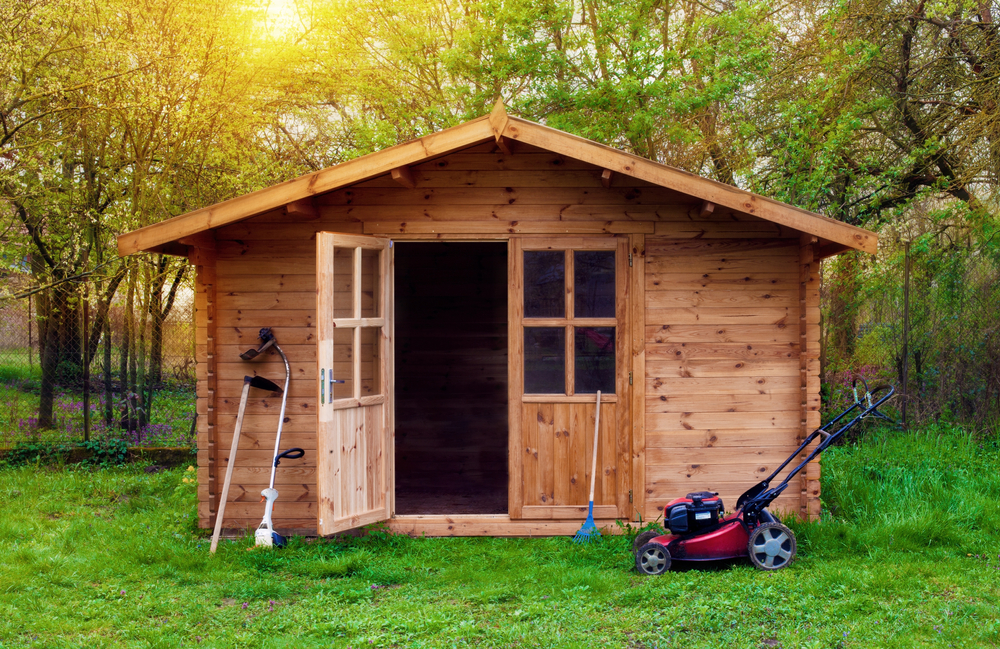
Insulation is an integral part of any structure. It keeps your living space warm or cool and protects it from harmful moisture and noise from the outside. Insulation is critical for homes, but you may also want insulation for your shed as well.
Sheds usually have thinner walls than homes or commercial buildings, which means they will need different types of insulation. Here are the best types of insulation materials for sheds.
Fiberglass Insulation
Fiberglass insulation is the most popular type of insulation for sheds. It is exceptionally good at conserving heat and protecting from the outside elements. In addition, fiberglass is moisture-wicking, so you won’t have to worry about excess moisture buildup in your walls.
Because fiberglass is fire-resistant, it can slow or even completely stop the spread of flames should your shed catch fire. Fiberglass insulation comes in rolls or batts and can be installed easily, even in unconventionally shaped sheds.
Lastly, fiberglass is a cost-effective solution. It is one of the most affordable types of insulation and will last for years.
Foam Board Insulation
Another top choice for sheds is foam board insulation. Foam board insulation comes in thick boards installed directly into the wall. They also usually include an aluminum foil backing, which provides extra protection.
Foam boards are more rigid than fiberglass insulation and must be cut to size before they are placed inside the wall cavities. Many brands of foam board insulation offer standard sizes to reduce the amount of measuring and cutting needed during the insulation process.
Foam board insulation effectively keeps in cool or hot air and protects from the elements. It can be installed easily and quickly and won’t fall apart like some forms of insulation.
Bubble Wrap Insulation
Some shed owners do not want to invest in conventional insulation typically used in homes for their sheds. In this case, bubble wrap insulation can be a great alternative. Bubble wrap insulation is significantly less expensive than other types of insulation, and it can keep your shed warm and dry.
Although it is not as effective in providing thermal insulation, bubble wrap insulation still offers a barrier against cold outdoor temperatures. It also provides a moisture barrier that can keep your shed dry and prevent moisture from getting trapped inside during rain or storms.
Bubble wrap insulation isn’t just standard bubble wrap used for shipping. It is specially made and comes in a layer of foil. Bubble wrap insulation is easy to install and can fit inside the shed walls with just a few staples.
This form of insulation can also be layered as desired. The thin sheets make installing two to three layers inside your shed easier for extra protection.
Work with Your Insulation Installers to Decide Which Insulation Is Right for Your Shed
While these are the most common types of insulation for sheds, every situation is different. The climate in which you live and your shed’s intended use will be the most important deciding factors in choosing proper insulation.
The best thing you can do is work with your local insulation installers to come up with a plan for your shed. An experienced insulation professional can advise and enable you to make an informed decision.
While it can be tempting to take on your shed insulation as a DIY project, it’s better to trust a professional to handle the installation. Improper insulation installation will not only be ineffective, but it can also be dangerous. Search “insulation installation near me” to find a contractor in your area.

